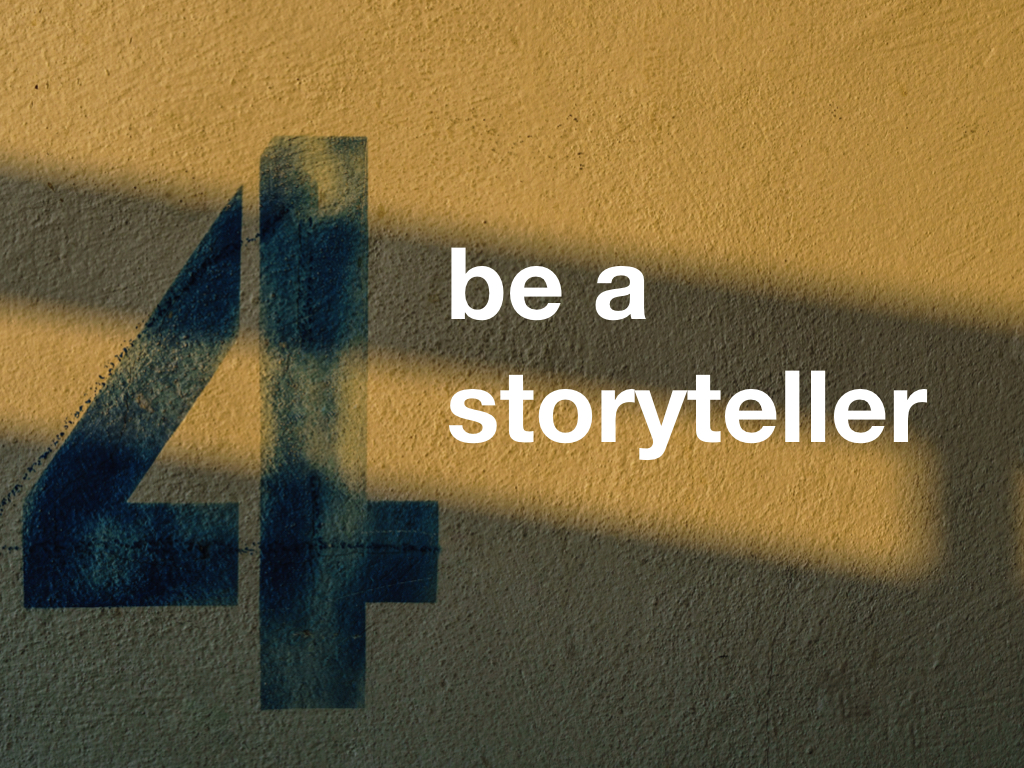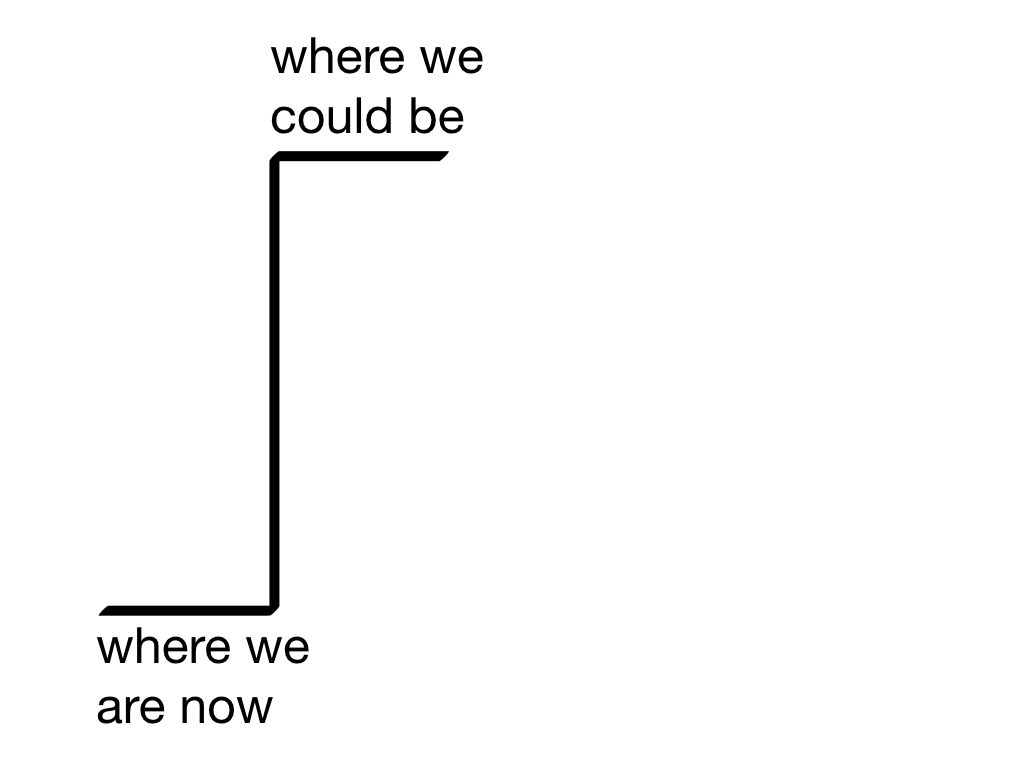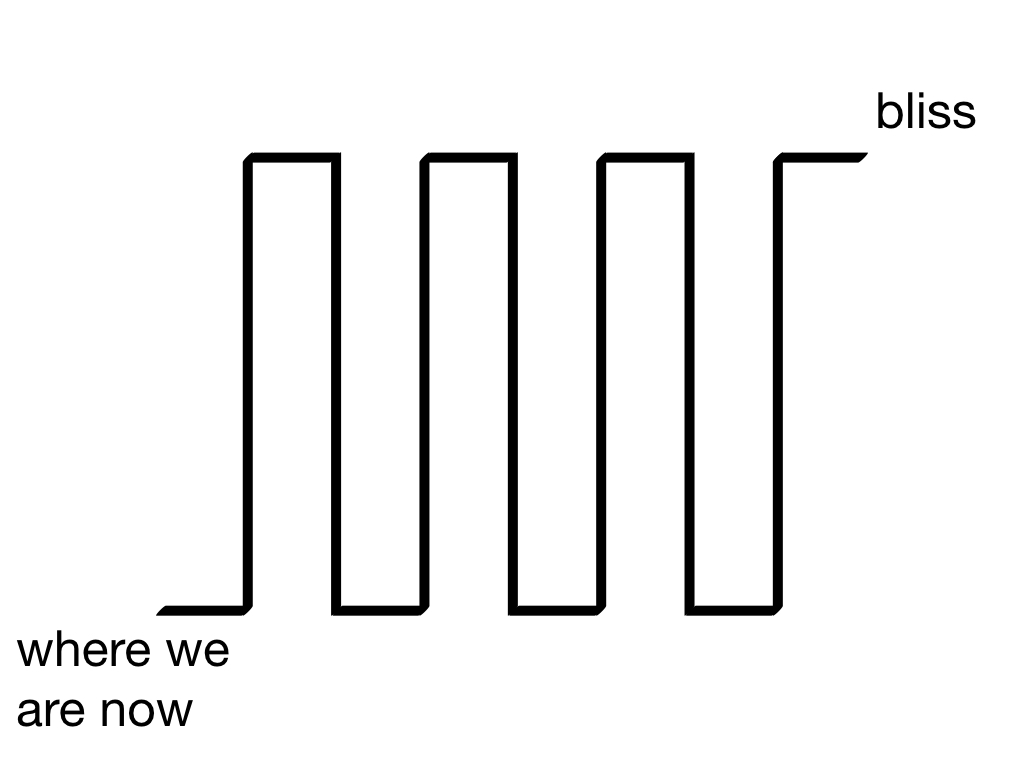The best education is story telling. Once we have our message we can plan our presentation as if we’re telling a story.
Anton Chekhov was a Russian play writer. His rule, known as ‘Chekhov’s gun’, can be used when writing a presentation.
"Remove everything that has no relevance to the story. If you say in the first chapter that there is a rifle hanging on the wall, in the second or third chapter it absolutely must go off. If it's not going to be fired, it shouldn't be hanging there.”
When Steve McQueen was given a script to read he would cross out all the lines he didn’t want to say because, “I don’t do exposition.” If a line wasn’t essential to the plot he didn’t say it.
We have to be the same when we’re planning our presentation. Keep only the essential.
Traditionally we see stories as a beginning, middle and end. But actually stories have a series of key points to keep the interest of the viewer. These follow a pattern known as spark lines.
If we look at the story of Disney’s Lion King we can see how they form a spark line. There’s the opening scene (Circle of Life), the death of Mufasa, Simba falling in love and then seeing Mufasa’s ghost and returning. In between things do happen but it’s these key parts that stand out.
We can use spark lines to help us view our presentation as a story. We don’t remember the Lion King scene by scene. We remember the key scenes. We can design our talk so that the key points are easy to remember. Introduce yourself and give the message of your talk. Then tell your audience what points you’re going to cover. Build to your first key point. Emphasise it. Then build to your second and so on:
Summarise at the end and finish with a precise and memorable sentence encapsulating your central message and signposting for further information.
An important part of public speaking is to persuade our audience. Presentation guru Nancy Duarte looked at good public speakers and saw how they follow spark lines. Their speech oscillates between where we are now and where we could be (their vision).
She looked at two different speakers: Martin Luther King and his ‘I have a dream’ speech and Steve Jobs at the launch of the iPhone. Both speakers moved between the here and now and their vision throughout their speeches before finishing with ‘bliss’ - what life could be.
Here’s her presentation:
If the purpose of your talk is to persuade you can use three rhetorical devices from the Greeks; ethos, logos and pathos.
Ethos comes from the speaker themselves. This is you, your background and standing and how you come across. Logos is using logic during your talk. An example would be, “my project has shown we can save X amount of money by not needing to do pointless blood tests”. It is also about how clear and easy to follow your message is and how logical it seems. Finally, pathos appeals to the emotions of the audience, their desire to do good and prevent suffering. You can combine all three to be an effective speaker.








